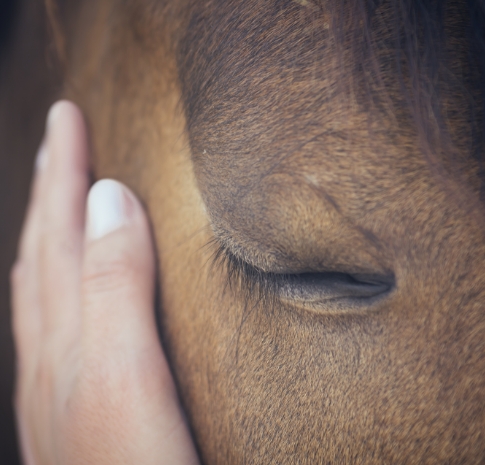There may be a delay of 1 to 3 weeks after infection, before symptoms of tetanus appear.1 More commonly, symptoms will appear after 9 or 10 days.1
Tetanus attacks the horse’s central nervous system. The bacteria produce a powerful nerve toxin, which causes many muscles of the body to spasm uncontrollably, so the first sign of a problem may be a change in the way your horse moves and stands at rest.1
Affected horses will have progressive muscle stiffness, causing:
- The tail to become stiff and stand straight out1,2
- The ears to stand erect1
- An anxious facial expression caused by facial muscle stiffness – your horse may look like it is “smiling” strangely2
- Eating difficulties.1,2
Tetanus also results in another telltale sign – the third eyelid goes into spasm and protrudes across the eye, especially when the horse is startled1,2
Over time, more and more muscles go into spasm. The horse will have convulsions and respiratory failure.2 Within a few days of the first signs appearing, about 80% of horses will die.1
If you suspect your horse has tetanus, contact your vet immediately as early treatment offers the only hope of survival.1,2

